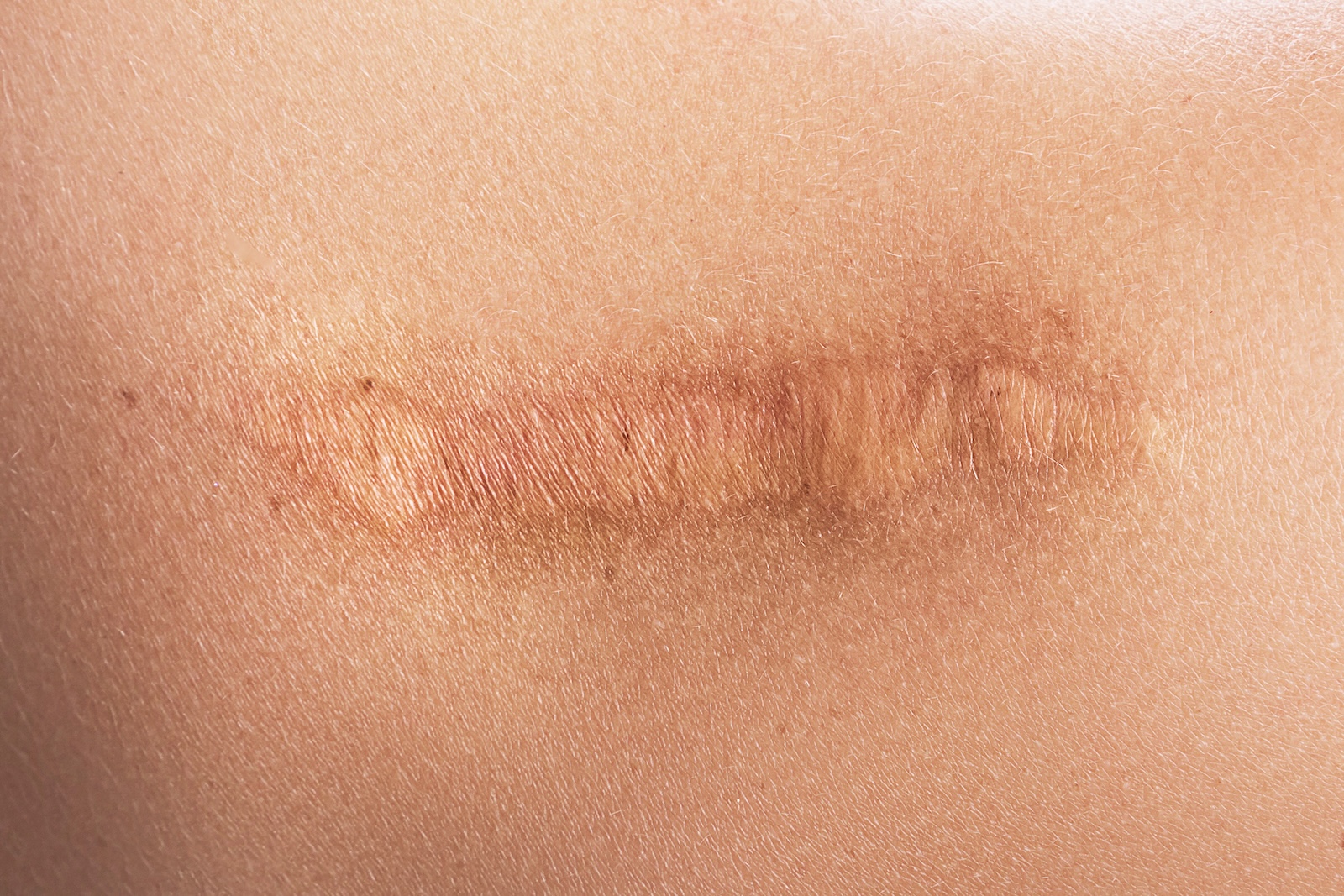
Spinal deformities, even when limited in scope, can dramatically affect posture, mobility, and quality of life. At ADR Spine, we specialize in Advanced Disc Replacement (ADR) as a motion-preserving solution to restore alignment and relieve pain without resorting to traditional spinal fusion. For patients suffering from specific types of spinal misalignment, artificial disc replacement offers a modern, minimally invasive path to a more active and pain-free life.
Understanding Limited Spinal Deformities
What Is a Spinal Deformity?
Spinal deformities refer to irregular curvatures or misalignments in the spine. They may develop from congenital issues, degenerative changes, or trauma. While severe deformities often require complex surgical intervention, limited spinal deformities can be subtle yet impactful. These typically include minor curvatures and disc-related misalignments that interfere with proper spinal balance and function.
Common Types of Limited Spinal Deformities
- Degenerative Scoliosis: A mild sideways curvature developing with age.
- Kyphosis: Forward rounding of the spine, often seen in older adults.
- Loss of Disc Height/Alignment: Caused by disc degeneration that shifts spinal balance.
Symptoms and Challenges
- Persistent neck or back pain
- Limited range of motion
- Stiffness or postural imbalance
- Uneven spinal loading, leading to further degeneration
The Role of Artificial Disc Replacement in Spinal Deformity Correction
What Is Artificial Disc Replacement (ADR)?
ADR is a surgical procedure in which a worn or damaged spinal disc is replaced with a prosthetic one. Unlike fusion surgery, ADR preserves motion at the treated level, helping patients maintain flexibility and a more natural range of motion.
How ADR Helps Correct Spinal Deformities
- Restores Disc Height: Re-establishes natural spacing and curvature.
- Improves Alignment: Helps correct mild curvatures and shifts in posture.
- Protects Adjacent Segments: Reduces stress on nearby discs and joints, preventing accelerated wear.
Advantages Over Spinal Fusion
- Preserves spinal motion
- Decreases risk of adjacent segment disease
- Offers faster recovery and less postoperative discomfort
Who Is a Candidate for Artificial Disc Replacement?
Ideal Candidates
- Adults with mild to moderate spinal misalignment
- Patients with degenerative disc disease causing pain or stiffness
- Individuals seeking a non-fusion solution to preserve mobility
Who May Not Be a Candidate
- Severe scoliosis or kyphosis requiring extensive correction
- Advanced osteoporosis or fragile bone structures
- Cases involving multiple severely affected spinal levels
The Artificial Disc Replacement Procedure
Preoperative Assessment
Each patient undergoes detailed imaging, including MRI and CT scans, to evaluate the deformity and determine ADR suitability. A personalized consultation with a spinal surgeon experienced in ADR ensures that all factors will be considered and addressed.
The Surgical Process
Using minimally invasive techniques, the damaged disc is removed and replaced with an artificial one, restoring height and stability while preserving natural motion.
Recovery and Rehabilitation
Post-surgical care includes:
- Pain management strategies
- Guided physical therapy to rebuild strength and flexibility
- A gradual return to normal activities within weeks to months
Long-Term Outcomes and Success Rates
Pain Relief and Mobility
Patients often experience significant pain reduction and improved function. Restored spinal motion translates to greater daily comfort and activity levels.
Longevity of Artificial Discs
Modern artificial discs are built to last for decades. Studies show high patient satisfaction and long-term durability when performed by experienced specialists.
Risks and Complications
While uncommon, potential risks include implant wear or misplacement. At ADR Spine, our expert team employs advanced surgical planning and intraoperative imaging to minimize these risks.
When to Consider Artificial Disc Replacement for Spinal Deformity
If you are experiencing chronic pain, reduced mobility, or posture-related issues due to spinal misalignment, ADR may be the right next step. Early intervention can prevent worsening of the deformity and improve long-term outcomes.
Why Choose ADR Spine for Artificial Disc Replacement?
- Specialists in Motion Preservation: We focus exclusively on techniques that restore and preserve movement.
- Tailored Treatment Plans: Your care is personalized to your anatomy, lifestyle, and long-term goals.
- Advanced Techniques: We utilize state-of-the-art imaging and minimally invasive approaches to optimize outcomes and minimize recovery time.
FAQs: Correcting Limited Spinal Deformity with Artificial Discs
- How do artificial discs help correct spinal deformities?
They restore proper disc height and alignment, reducing abnormal curvatures and improving posture. - Is ADR a permanent solution for spinal misalignment?
ADR is designed for long-term performance and stability, with many patients reporting decades of relief. - What’s the difference between ADR and spinal fusion for deformity correction?
ADR maintains natural motion, while fusion restricts movement at the treated level. - How long does it take to recover from artificial disc replacement?
Many patients resume light activities within weeks and return to full function in a few months. - What risks should I consider before undergoing ADR?
Risks include implant wear, misplacement, or infection, but these are rare when performed by experienced surgeons.
Ready to reclaim your life? Get in touch with Dr. Lanman Today.
FOLLOW US ON SOCIAL MEDIA | @ADRSPINE




